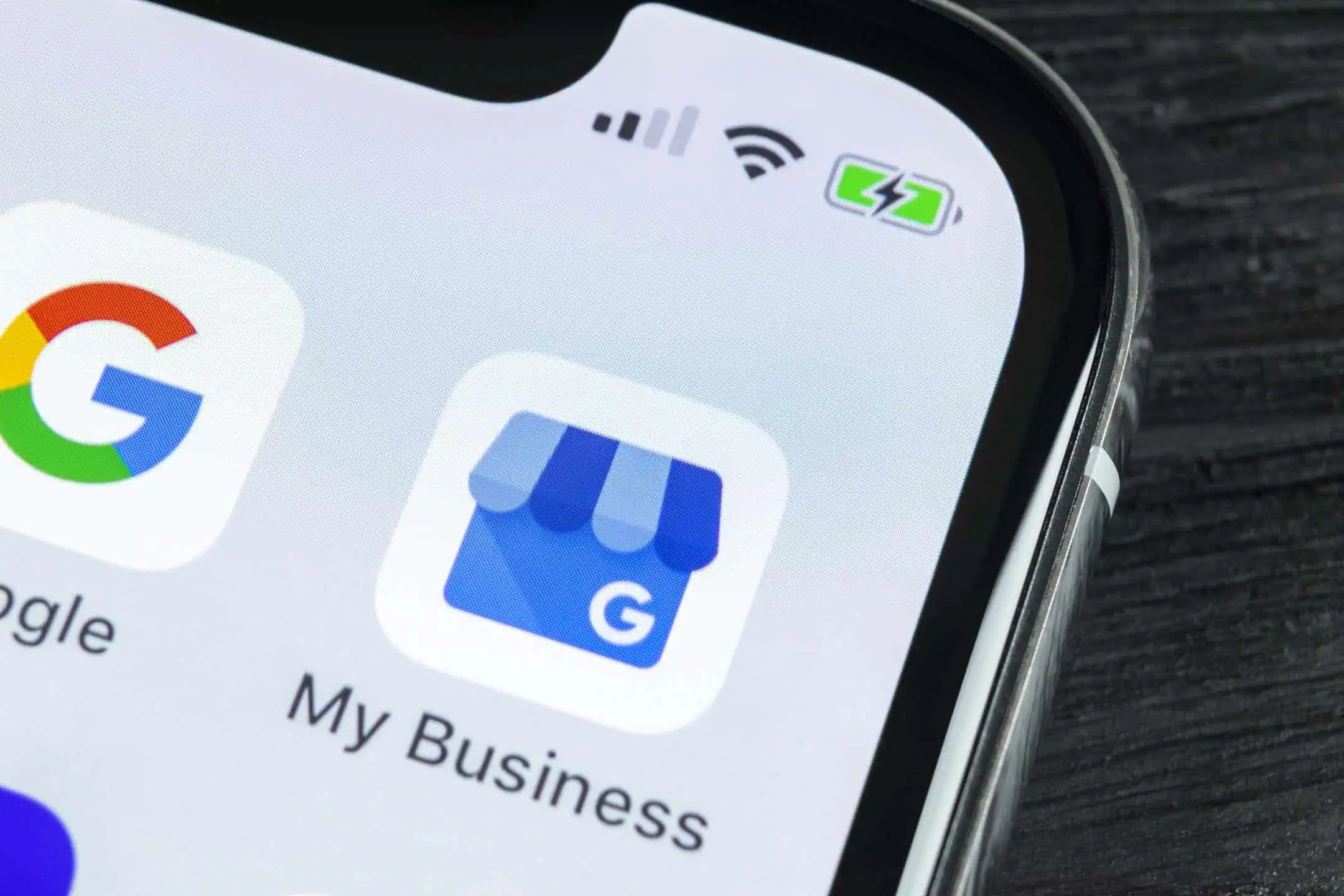Let’s start with a truth that gets a lot of leaders shifting in their chair: most digital transformations don’t deliver. Depending on whose research you read, roughly 70 percent of initiatives miss their goals. McKinsey’s long-running surveys put successful transformations below one-third, and in 2024 data many firms captured far fewer revenue and cost benefits than planned.
That’s the bad news. The good news is the pattern is predictable. When companies lead with tech and tactics, they struggle. When they lead with customers, commercial goals and disciplined execution, they grow.
So what is a digital strategy today? It’s a clear, testable plan for how your business will acquire, serve and retain customers using digital channels, data and technology. It isn’t a website refresh or a martech shopping list. It’s the operating system for growth.
Traditional strategy set direction and budgets. A modern digital strategy translates that direction into measurable journeys, content, product and data moves that compound results over quarters, not quarters of a century.
The Fundamentals of Digital Strategy
Digital strategy vs traditional strategy
Traditional strategy sets market position, target segments and high-level bets. Digital strategy operationalises this through channels (search, social, email), owned assets (site, app), data (analytics, CRM) and enablement (process, people, tech) to drive revenue, margin and lifetime value.
How it evolved
A decade ago, “digital” meant a website and some ads. Now it’s the backbone of growth. Budgets reflect that: organisations invest a meaningful slice of revenue into digital transformation, with Deloitte pegging average spend around 7.5 percent of revenue in recent surveys.
Why every business needs the digital layer
Customers compare your experience to the best they had five minutes ago, not to your direct rival. CX leaders outgrow their peers; Bain’s analysis shows great CX can drive 4–8 percent higher revenue growth than the market.
Tie to business objectives
Digital isn’t a side-quest. It’s how you hit primary goals:
- Revenue: improve conversion on the site, add new paid and organic demand, increase repeat purchase.
- Margin: automate service journeys, reduce paid media waste with better attribution, lift ROI on content.
- Resilience: build owned audiences (email, community), reduce dependency on any single channel.
Adoption stats to ground it
The UK now treats SME digital adoption as an economic lever. Government taskforce work highlights 5.5 million small businesses and a gap between aspiration and execution. Translation: opportunity for those who get organised.
Core Components of a Successful Digital Strategy
Customer-centricity and experience design
Start where value begins: the customer’s job to be done. Map the journey from first spark to loyalty. Fix the moments that cause friction. This is not fluffy. It’s the direct line to revenue.
Digital business model evolution
Ask: can we add a self-serve tier? A subscription layer? A paid community? Can we productise services with a portal or light app? At EI we’ve helped service firms layer recurring revenue on top of project work using smart web apps and content engines.
Technology stack planning
Choose tech to serve the strategy, not the other way round. Keep the stack lean: CMS for speed and SEO, analytics for truth, CRM for relationships, automation for consistency. Fancy is fine; debt is not.
Data-driven strategy
Data should shorten the distance between decision and impact. Build a single truth for marketing and sales, agree your attribution method, and set up dashboards that leaders actually open.
Talent and capability
Decide what to insource (brand voice, product knowledge) and what to partner (specialist SEO, data engineering). Upskill your team. The government taskforce and industry bodies keep pushing capability because it pays back.
Governance and operating model
Create a growth council: marketing, product, sales, ops. Meet fortnightly. Review KPIs, blockers and tests. No 30-slide theatre. Two pages: what we did, what moved, what we do next.
Budget allocation
Split into Run (BAU), Grow (campaigns, content) and Transform (platform work, data). Ring-fence a test budget (5–10 percent of media) for new channels and formats. Benchmarks vary by sector, but the 7–8 percent of revenue signal is useful when you pressure-test your plan.
Building Your Digital Growth Framework
Here’s the approach we use with clients.
Build a 6-12-month roadmap
Split into Foundation (fix analytics, site speed, UX snafus), Acceleration (search content, paid experiments, email automation), Moats (owned data, productised content, tools). Put dates and owners on every line.
Set Milestones
Quarterly targets by objective:
- Acquire: +25 percent qualified organic traffic; CPA within target; email list growth.
- Convert: +20 percent lead-to-opportunity; form completion rate from 2 to 4 percent.
- Retain: improve repeat purchase by 10 percent.
Keep targets realistic. Expect meaningful lift after 90–180 days for organic and CX changes; paid can move faster. (We’ll talk time-to-value in the KPI section.)
Balance quick wins vs long bets
Quick wins buy time and morale: fix forms, simplify navigation, tune ad targeting, launch three “money” landing pages. Long bets compound: technical SEO, content libraries, analytics rebuilds, new service models.
Cadence
Weekly working sessions for doing, bi-weekly growth council for deciding, monthly review for learning. That rhythm beats sporadic heroics.
Measuring Success: KPIs and ROI
(Heads up: this bit gets a little technical)
Pick KPIs by objective. For example:
- Lead generation B2B: qualified sessions, MQL rate, SQL rate, pipeline value, win rate, CAC, payback period
- E-commerce: conversion rate, AOV, ROAS, blended CAC, repeat rate, return rate, contribution margin
- Service delivery: NPS, time to first value, churn, expansion revenue, utilisation
ROI measurement
- Attribution: start simple with last-non-direct click (Google Ads + GA4) and a B2B CRM pipeline view. As you grow, add data-driven attribution or MMM.
- Time horizons: paid tests show signals in days or weeks; SEO and content typically need 3–6 months for material impact; platform rebuilds more. These aren’t excuses; they set expectations based on reality.
Avoid vanity metrics: followers without revenue are a hobby. Sessions without intent burn cash. I’d rather see 1,000 right visitors than 10,000 tyre-kickers.
Dashboard: one page per objective. Green if we’re beating target, amber if we’re learning, red if we need to change the bet. Make it readable at a glance.
Reality check: in 2024’s peak season, AI-assisted shopping and social drove big top-of-funnel surges, but returns spiked too. Chasing growth without margin discipline is a trap. Your KPI set must include contribution margin and returns rate if you sell physical goods.
Common Pitfalls and How to Avoid Them
Locking a 12-month plan while customer behaviour shifts weekly ties your hands when you most need to move. Markets change, platforms tweak, competitors pivot. If your plan can’t flex, performance suffers. Run quarterly planning with monthly optimisations instead: one shared roadmap, clear KPIs, and the freedom to double down on what’s working and cut what isn’t. It keeps the team aligned and lets you react fast without lurching from tactic to tactic.
The other silent killer is short-termism. Chasing quick wins while ignoring the long-term, compounding effect of SEO is like sprinting on a treadmill. Paid can spike traffic, but sustainable growth comes from building search authority over time: fixing technical issues, publishing useful content that answers real questions, earning links and improving on-site experience so visitors convert. Done consistently, SEO compounds – each article, optimisation and backlink strengthens the whole system. Think in quarters for testing and in years for moat-building, and you’ll see the flywheel kick in.
Data as the Foundation of Digital Growth
Build a data-driven culture. Data isn’t a dashboard. It’s how you decide. When something wins, you scale it. When it doesn’t, you learn and move on. No ego tax.
Collect the essentials.
- Web analytics with events that match your funnel
- CRM with clean stages and definitions
- Advertising platforms connected to conversions
- A master KPI sheet that reconciles to finance
Give someone clear ownership for analytics. If no one owns it, it breaks. When it breaks, everything looks like a good idea.
Use AI to accelerate analysis, content and operations, not to skip strategy. The firms getting real value embed AI into workflows with leadership buy-in and strong data foundations. The ones who flail treat AI like a bolt-on.
Design tracking with consent in mind. Build trust.
Building Your Digital Strategy for Growth
A digital strategy that drives real growth is simple to say and hard to do: start with the customer and the commercial goal, build lean systems that you can actually run, measure what matters and adapt without ego. Most teams fail because they prioritise tools over truth and projects over outcomes. Don’t be most teams.
If you want a hand building this the practical way, let’s map a 90-day game plan together and get your scoreboard moving. Click here to submit an enquiry today.




